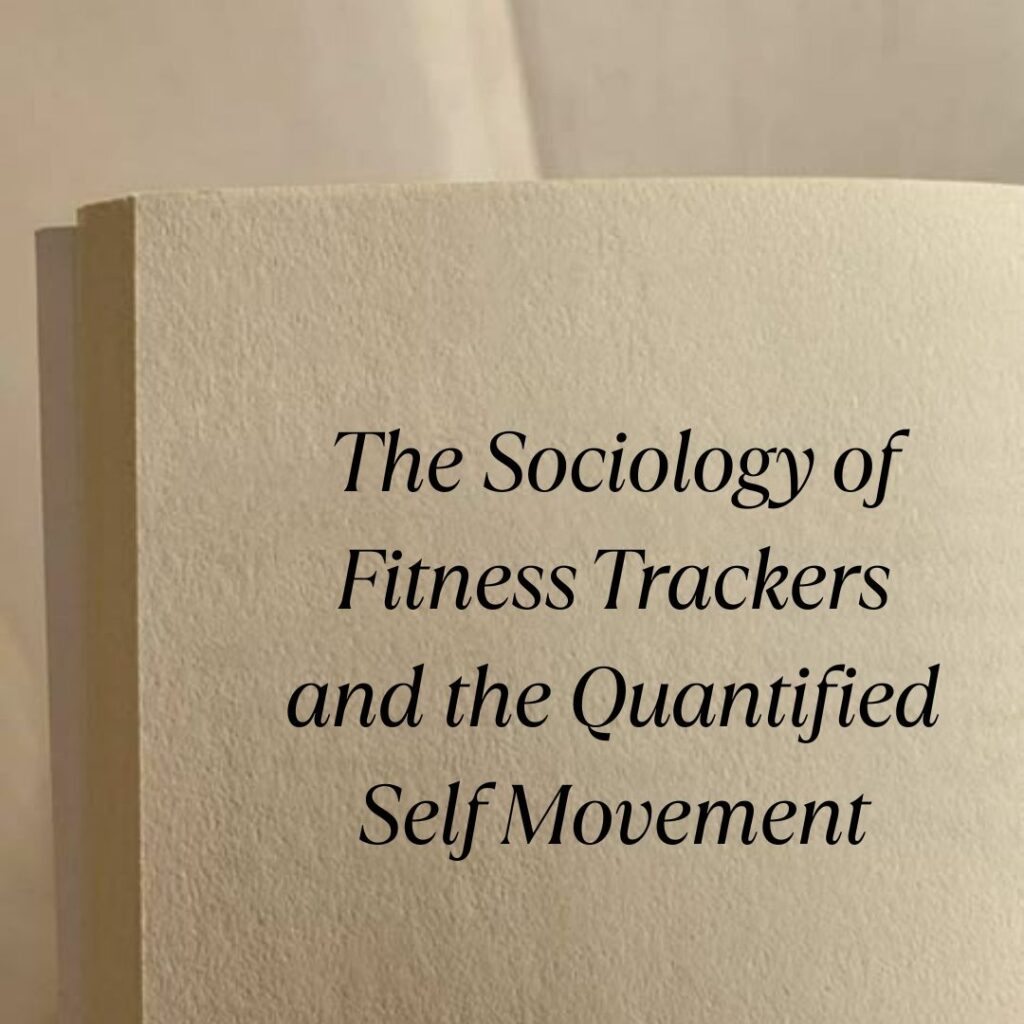In today’s hyper-connected world, where smartphones seem like extensions of our bodies and social media dictates our daily interactions, another phenomenon has quietly emerged: the rise of fitness trackers and the quantified self movement. What started as a niche interest among tech enthusiasts and health-conscious individuals has now permeated mainstream culture, shaping how we perceive and manage our physical well-being.
What are Fitness Trackers?
Fitness trackers, also known as activity trackers or wearables, are devices worn on the body to monitor various metrics related to physical activity, such as steps taken, heart rate, calories burned, and even sleep patterns. The ubiquitous Fitbit, Apple Watch, Garmin devices, and a host of other brands have flooded the market, offering consumers a way to quantify their daily movements and health indicators like never before.
The Quantified Self Movement
At the heart of the fitness tracker phenomenon lies the quantified self movement. Coined by Wired magazine editors Gary Wolf and Kevin Kelly in 2007, the quantified self refers to the practice of using technology to track various aspects of one’s daily life, with a particular emphasis on health and personal metrics. It’s a blend of self-tracking, personal data analysis, and self-improvement, all fueled by the availability of technology that makes data collection seamless and often automatic.
The Social Implications
1. Self-Optimization Culture
Fitness trackers and the quantified self movement reflect a broader cultural shift towards self-optimization. In an era where efficiency and productivity are highly prized, individuals are increasingly turning to technology to optimize their health and fitness routines. For example, tracking steps or calories can provide instant feedback and motivation, encouraging users to meet daily goals and improve their overall well-being.
2. Data Ownership and Privacy Concerns
However, the widespread adoption of fitness trackers also raises significant questions about data ownership and privacy. These devices collect vast amounts of personal data, from location information to heart rate patterns, which are often stored in the cloud and accessible to third-party companies. Privacy advocates warn of potential misuse of this data, highlighting the need for transparent data practices and robust security measures.
3. Social Comparison and Community Building
Beyond personal use, fitness trackers have spurred social dynamics centered around health and fitness. Many devices offer social features that allow users to connect with friends, join challenges, and share their progress online. This social aspect can foster a sense of community and accountability, as individuals strive to meet goals together and support each other’s wellness journeys.
Case Studies and Real-World Examples
1. Fitbit and Corporate Wellness Programs
Fitbit, one of the pioneering brands in the wearable fitness tracker market, has partnered with numerous corporations to integrate their devices into employee wellness programs. Companies use Fitbits to promote health awareness, encourage physical activity among employees, and potentially reduce healthcare costs. This integration illustrates how fitness trackers extend beyond personal use to influence organizational health policies and practices.
2. Strava and Social Exercise Communities
Strava, a popular fitness tracking app among cyclists and runners, exemplifies how technology can foster social interaction around physical activity. Users can upload their exercise routes, compare performance metrics, and interact with fellow athletes through comments and kudos. Strava’s community features demonstrate the social dimension of fitness tracking, where individuals derive motivation and camaraderie from shared fitness pursuits.
The Future of Fitness Trackers and Beyond
Looking ahead, the evolution of fitness trackers is poised to continue, driven by advancements in wearable technology, artificial intelligence, and data analytics. Future devices may incorporate more sophisticated sensors, offer deeper insights into health metrics, and integrate seamlessly with other aspects of daily life, such as smart home systems and virtual reality environments.
Conclusion
In conclusion, the sociology of fitness trackers and the quantified self movement underscores our evolving relationship with technology and personal health. These devices not only quantify physical activity but also shape social interactions, influence organizational practices, and raise important ethical considerations. As we navigate this landscape, it’s crucial to balance the benefits of data-driven health insights with the need for privacy protection and ethical data use. Ultimately, fitness trackers are more than gadgets—they represent a cultural shift towards harnessing technology to enhance well-being and foster connected communities in the digital age.







